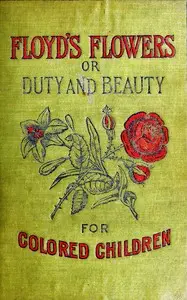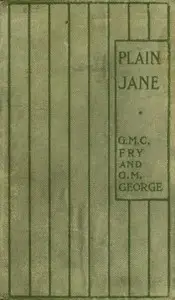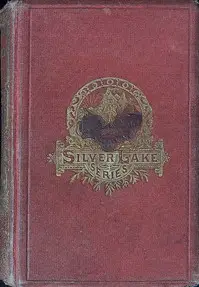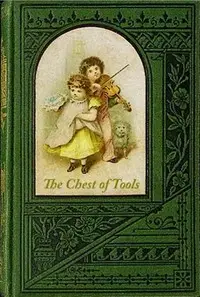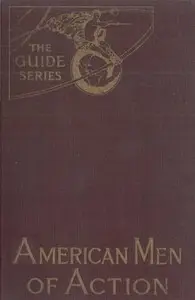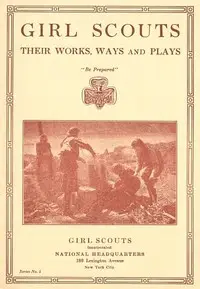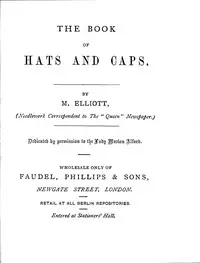"Gem of Neatness: Or, the Cousins" by Madeline Leslie is a moral tale aimed at young readers, specifically girls, teaching them life lessons through the story of two cousins. One cousin, Emily, embodies tidiness and good behavior, while the other, Milly, returns from living in India lacking manners and neatness. The narrative highlights Milly's transformation as she learns to embrace order and politeness with the help of Emily and their Aunt Priscilla, emphasizing kindness, patience, and good conduct. The transformation of Milly demonstrates that real cleanliness and order come from within, which is reinforced by being kind to others with love.
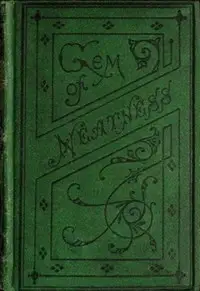
Gem of neatness : $b Or, the cousins
By Madeline Leslie
A young girl returning home must learn how to be neat and polite, discovering that transforming her outward habits also changes her heart.
Summary
About the AuthorHarriette Newell Woods Baker was an American author of books for children, and editor. Her career as an author began when she was about 30 years old. She devoted herself successfully to novels; but after about 15 years, she wrote popular religious literature. Her most famous book, Tim, the Scissors Grinder, sold half a million copies, and was translated into several languages. Baker published about 200 moral and religious tales under the pen name "Mrs. Madeline Leslie". She also wrote under her own name or initials, and under that of "Aunt Hattie". She wrote chiefly for the young, and was still writing in 1893 when she died.
Harriette Newell Woods Baker was an American author of books for children, and editor. Her career as an author began when she was about 30 years old. She devoted herself successfully to novels; but after about 15 years, she wrote popular religious literature. Her most famous book, Tim, the Scissors Grinder, sold half a million copies, and was translated into several languages. Baker published about 200 moral and religious tales under the pen name "Mrs. Madeline Leslie". She also wrote under her own name or initials, and under that of "Aunt Hattie". She wrote chiefly for the young, and was still writing in 1893 when she died.

